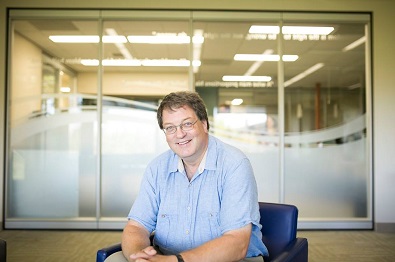New figures released by Stats Canada suggest that Saskatchewan’s homicide rate is 17 times higher for Indigenous people. 46 Indigenous people were killed in the province in 2020, compared to 13 non-Indigenous.
Yet a University of Saskatchewan professor said he noticed two factors which point to a significantly higher disproportionate rate of homicides among Indigenous Peoples.
“It’s basically Indigenous people, having put yourselves in violence situations with each other, which is, of course, a huge tragedy,” said Ken Coates.
“If you look at the combination of people who are extremely poor, economically marginalized and colonized peoples, there is a pattern around the world of those folks taking out their their despair basically on themselves and on each others, very rarely on the non Indigenous people, which is ironic and, sort of a not a good result.”
The Stats Canada report points to socio-economic conditions, negatively impacting Indigenous peoples.
“A history of colonization, including residential schools, work camps and forced relocation is identified as having profoundly impacted First Nations, Métis, and Inuit communities and families Indigenous peoples often experience social and institutional marginalization, discrimination, and various forms of trauma and violence—including intergenerational trauma and gender-based violence. As a result, many Indigenous peoples experience challenging social and economic circumstances. These factors play a significant role in the overrepresentation of Indigenous people in the criminal justice system and as victims of crime.”
Saskatchewan has the highest rate of Indigenous homicide victims, followed by Alberta and Manitoba. Stats Canada said that northern Saskatchewan has a homicide rate three times higher compared to the south.
While Coates explained that reversing these trends is not easy, communities themselves are doing fairly well at discussing these complex issues.
“I think the main thing you need is to have an open conversation about where the situation’s fit, and then start working backwards, and say, okay, given all of this, what do we do? Well, you have to build confidence and a sense of purpose and a sense of belonging in all the entire Indigenous population. You have to educate them to realize that their circumstances are not their personal fault or personal choice, but in fact, their outcome of many years of mistreatment and injustice,” said Coates.
“The answers come from the community themselves. And it’s from the elders, and it’s from the leaders and the knowledge keepers and peoples that are working together to actually sort of systematically address the challenges.”
